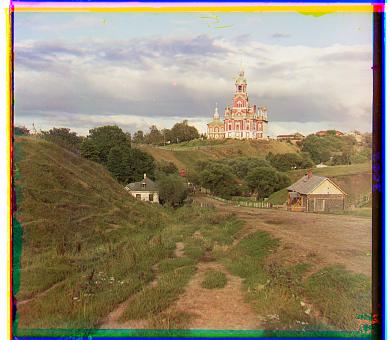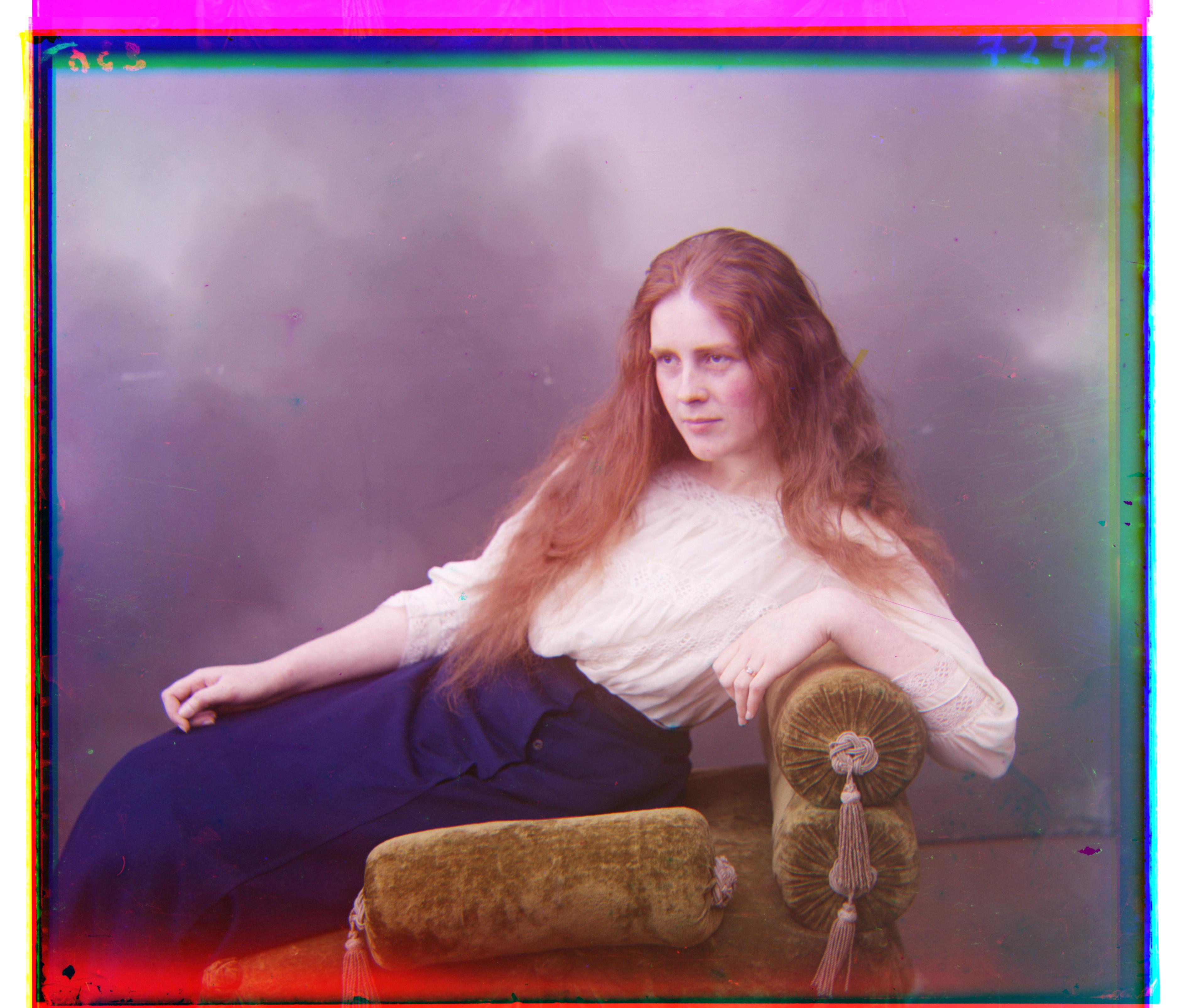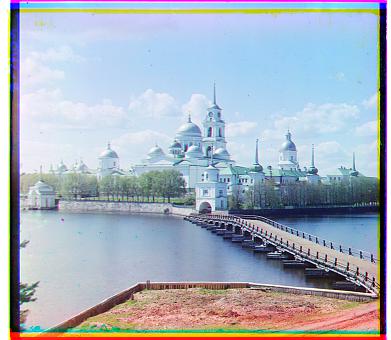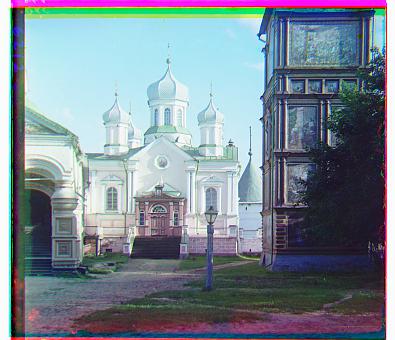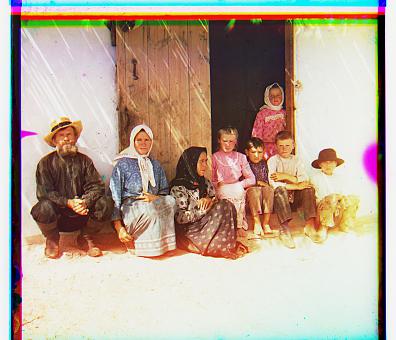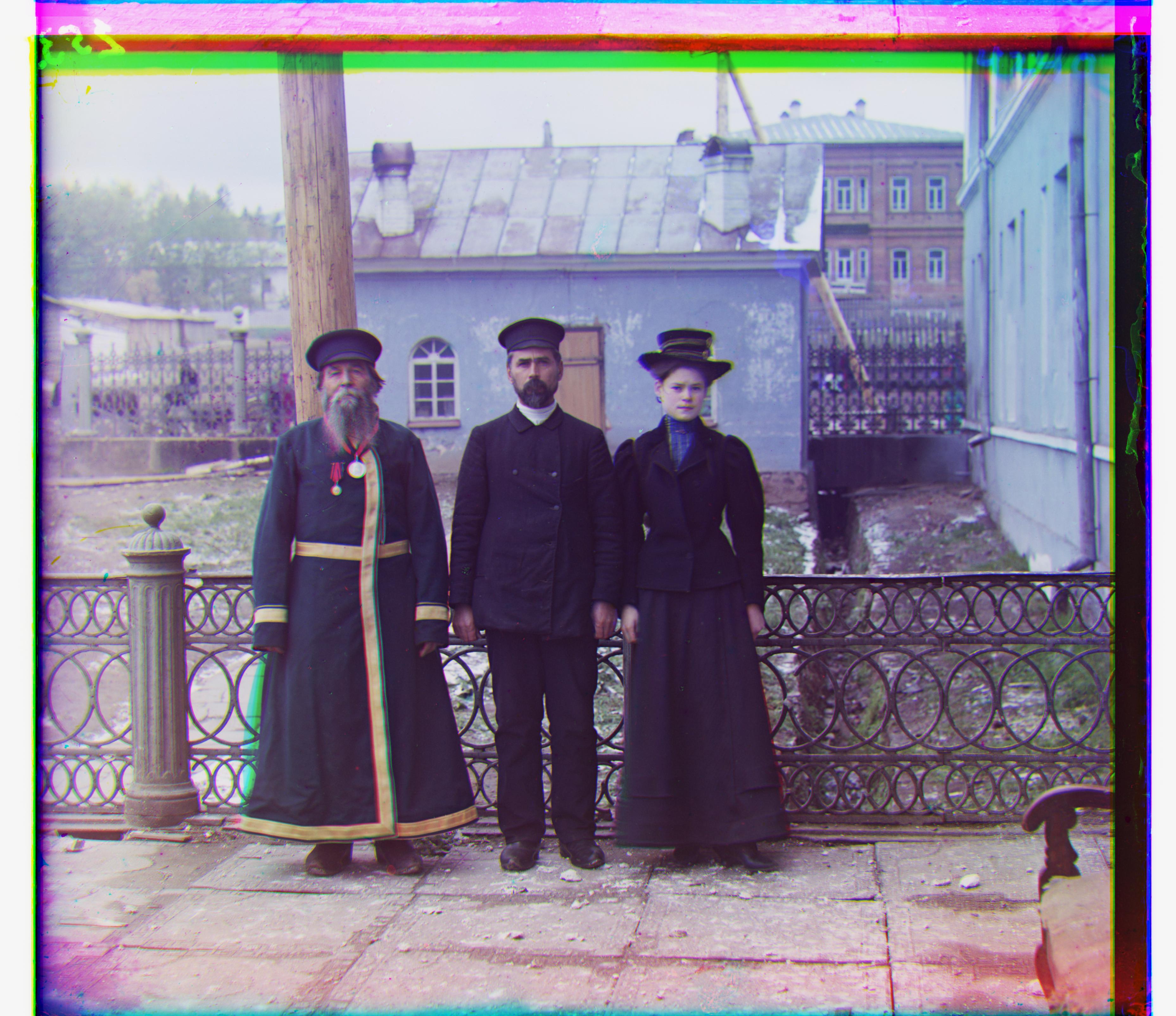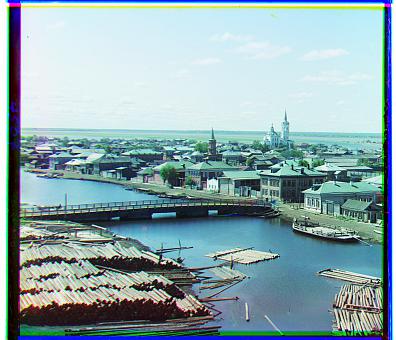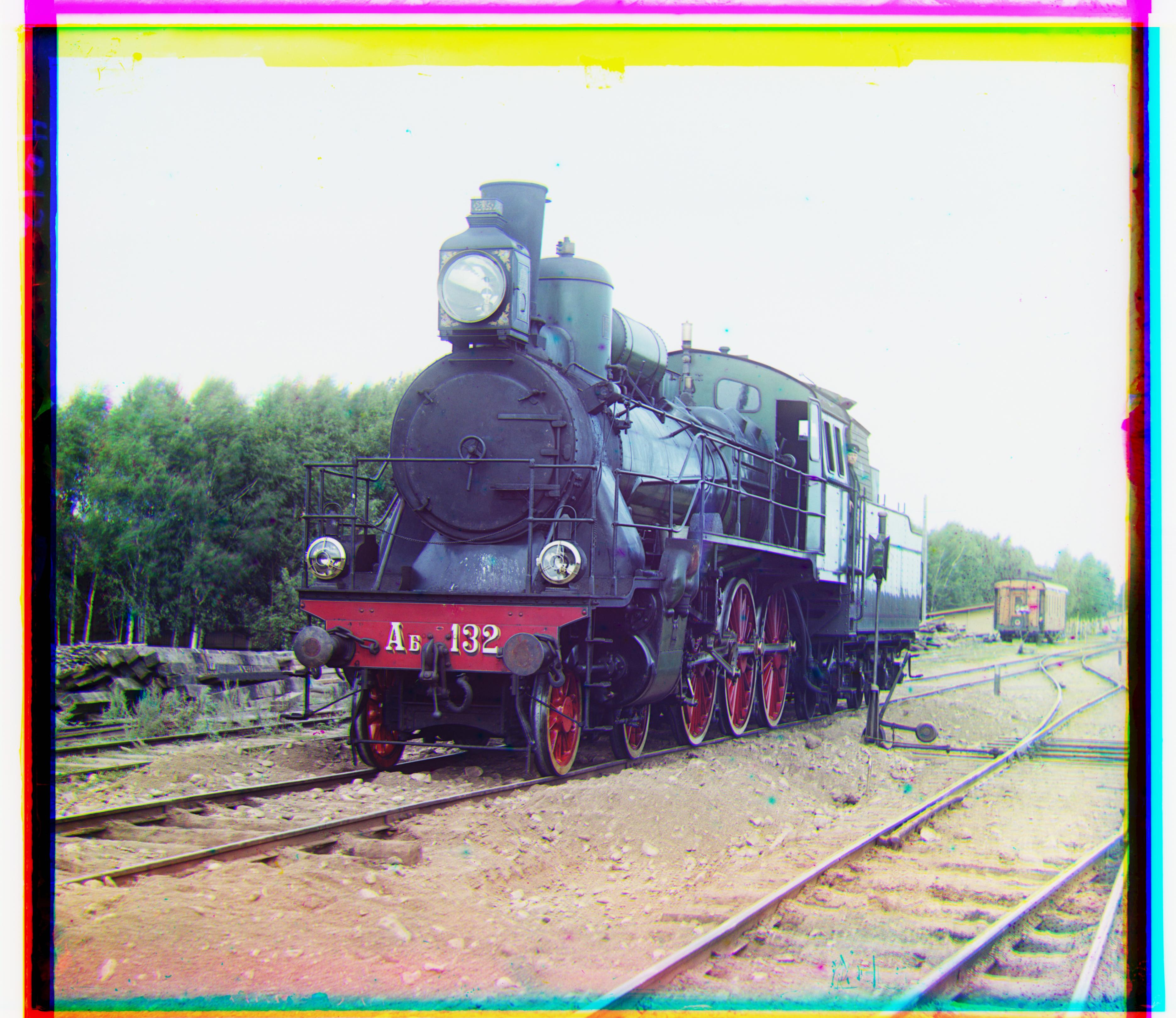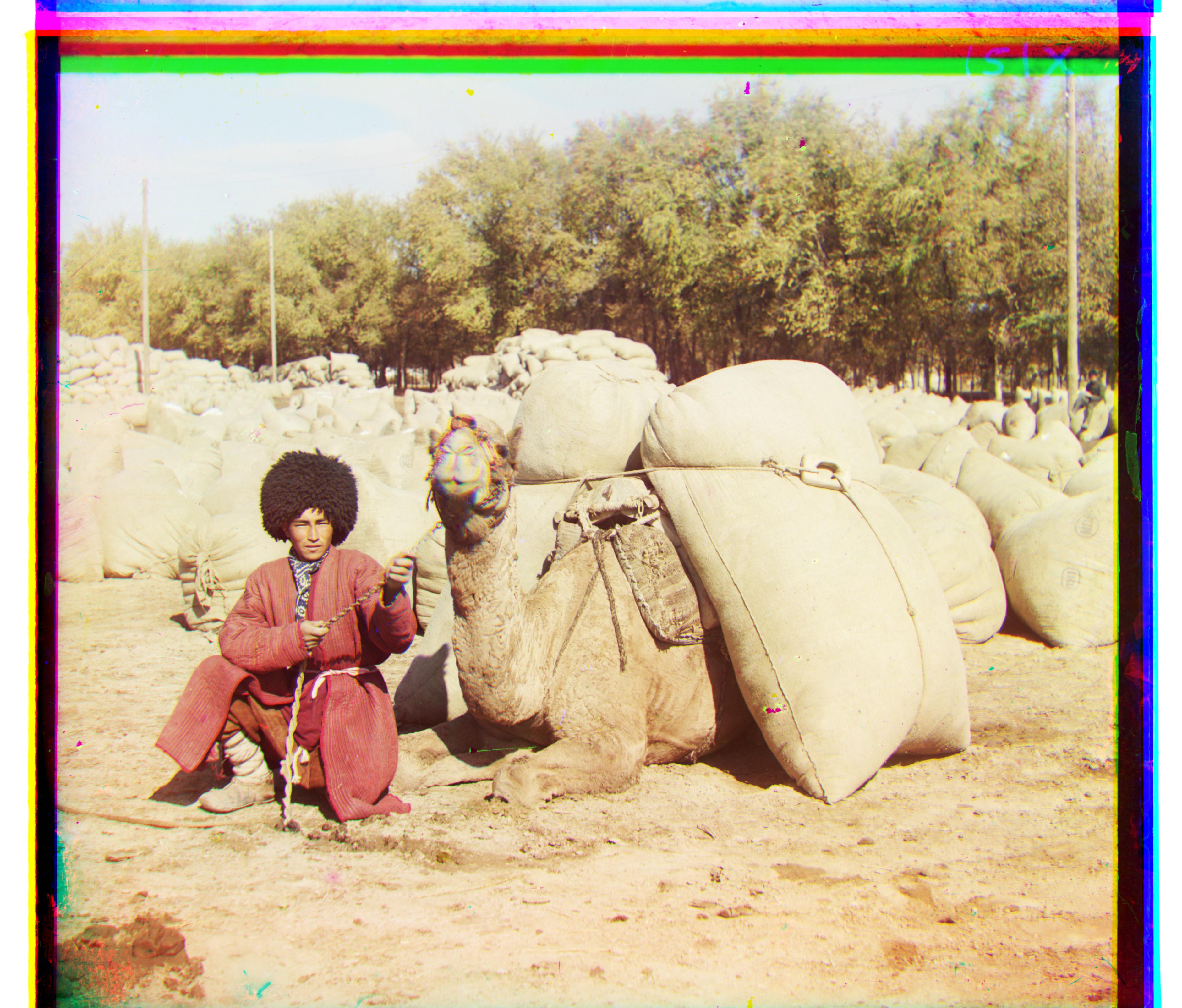The goal of this assignment was to take the digitized Prokudin-Gorskii glass plate images and, using image processing techniques, automatically produce a color image with as few visual artifacts as possible. In order to do this, we extracted the three color channel images, placed them on top of each other, and aligned them so that they form a single RGB color image.
To do this, I used the image pyramid method. I started by turning the largest images into smaller ones by halving the resolution until the image was smaller than 500px by 500px. Then I tried all placements of the Red channel against the Blue channel (and then Green against Blue) within a 70x70 pixel window. The metric I used to determine the best placement offset was taking the sum squared difference between the two image channels. After determining the best offset at this basecase resolution I recursively calculated the best offsets for the higher resolutions while keeping my search window at 10x10 for each subsequent resolution.
One image that heavily failed to align was the Emir photo. This is because the different screens for the different color channels were severely different in pixel brightness (which is what the sum squared difference was calculated on).
